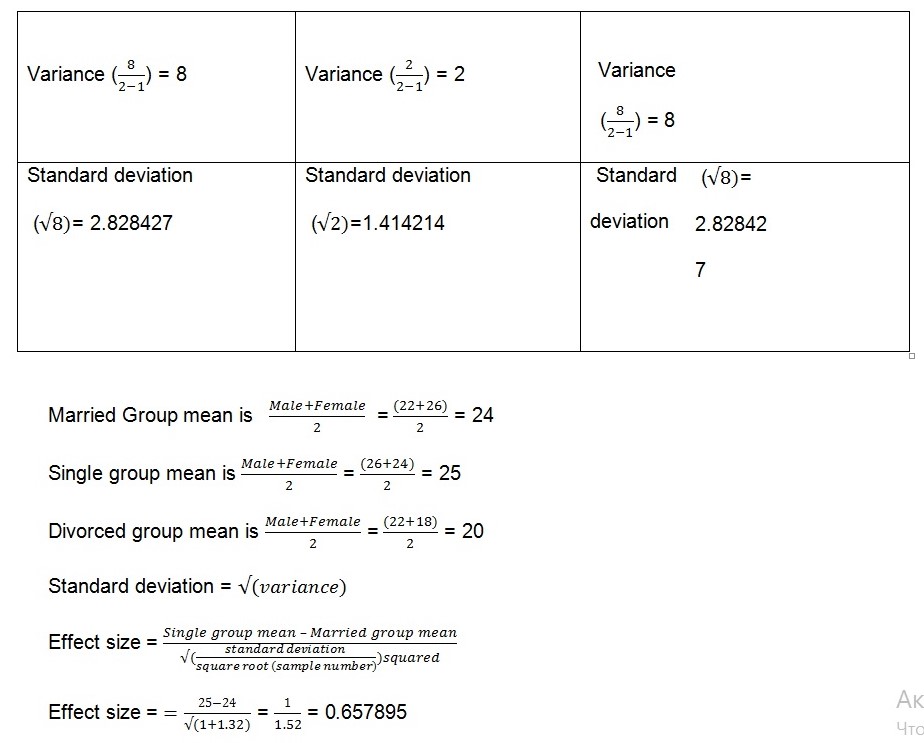The analysis of variance (ANOVA) test is an important statistical test for identifying change which is statistically significant in data groups. It is also helpful in identifying similarity in data groups whose significance is not statistically significant. Two-way ANOVA is important in comparing the means between data groups as they relate to each other. If variability in data is very large, statistical differences are hardly noticed. Difference in means, however, indicates statistical significance in two data groups (Pagano, 2012).
2-tailed tests often find use in the analysis of non-directional hypotheses. When talking about a non-directional hypothesis, it means that results on both sides of the mean are supposed to be taken into consideration (Killeen, 2005).
The null hypothesis indicates a given value of interest whereas the alternative hypothesis is an indication that the results will differ from the expected value. Due to chance, it is possible to get a difference from the F-test. It is therefore pertinent for one to look up the F-test value in a table of significance to ascertain whether the difference in F-test is due to chance.
In the table of significance, the researcher seeks to know whether the obtained ratio exceeds a given value for chance. The alpha value is usually .05, which is the risk level. This means that in one hundred tests, only five tests would be as a result of chance. After making a subtraction, one obtains the total number of data values in all the groups. The obtained value is what is referred to as the degrees of freedom. At this point, one is able to make use of a standard table of significance since one has three important values at hand i.e. F-test value, alpha value, and a value for degrees of freedom.
In the current case, marital status is the independent variable while gender is the dependent variable. It is important to note that selection of the independent variable was done randomly. The following makes the research question: Is being married a determinant of happiness?
- H0: Marital status is not a statistically significant determinant of happiness.
- H1: Marital status is a statistically significant determinant of happiness.
An ANOVA table was developed to aid the answering of the research question in this case. The table was also important for providing a variance necessary in conducting analysis of variance.
Table 1: Table showing Variance and Standard Deviations for Married, Single and Divorced Individuals

Taking into consideration that the level of significance is.05, the effect size of.658 is greater than the significance value i.e. the critical value (p >.05). As such, the null hypothesis for this study was accepted i.e. Marital status is not a statistically significant determinant of happiness. As such, married persons are happier than their single and/or divorced counterparts.
References
Killeen, P. R. (2005). An alternative to null-hypothesis significance tests. Psychological Science (Wiley-Blackwell), 16(5), 345-353.
Pagano, R. R. (2012). Understanding statistics in the behavioural sciences, tenth edition. Belmont, CA: South-Western Cengage Learning.